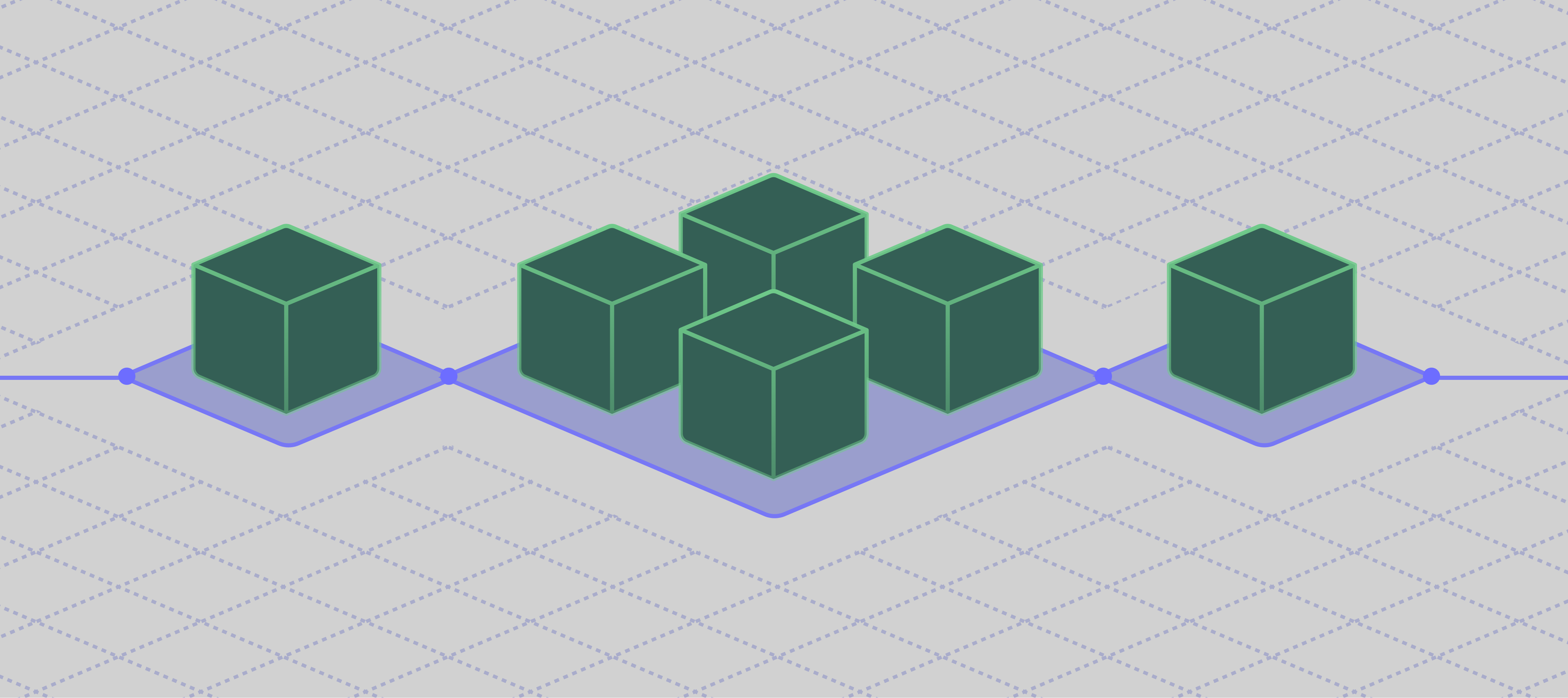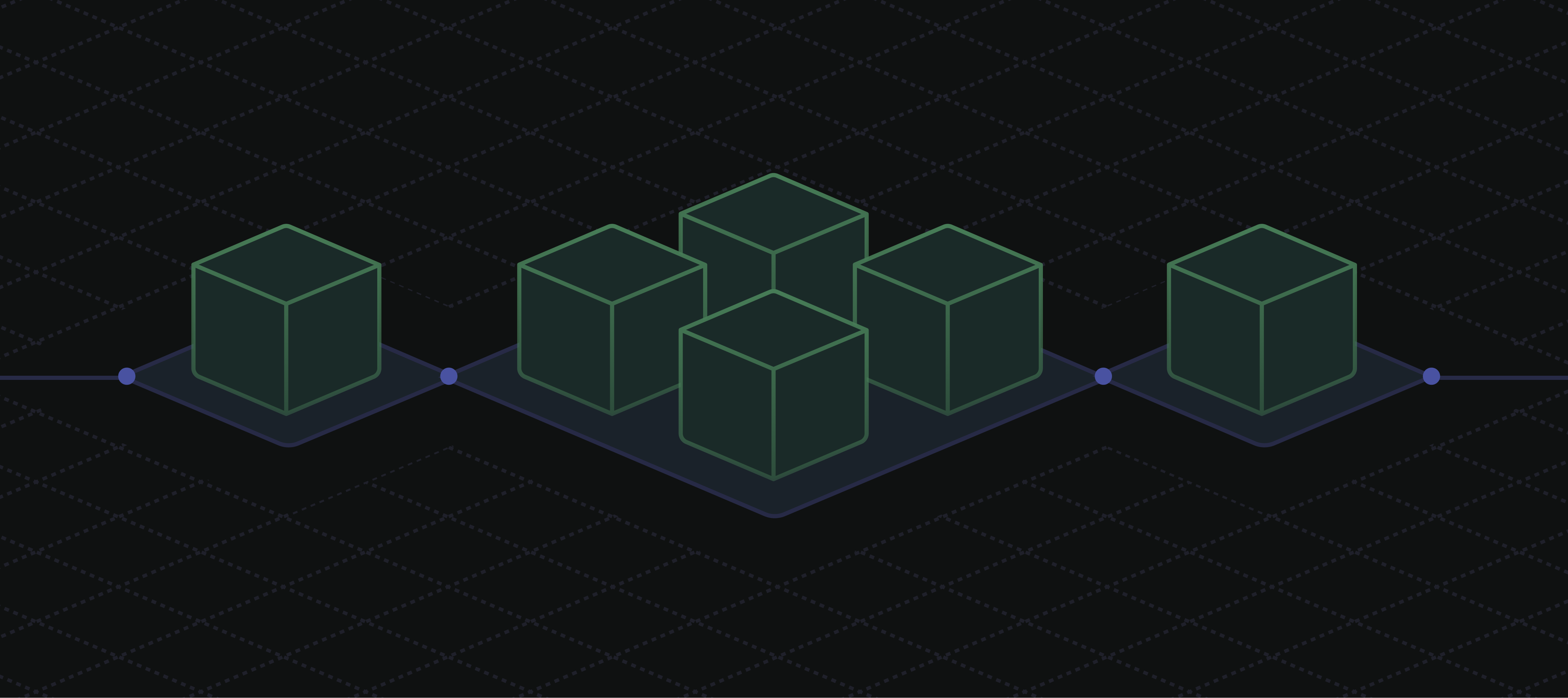Introduction
Overview


Blok
A new kind of backend development.
Most backend frameworks focus on features.Blok focuses on clarity. It gives developers the power to build modular, testable, observable systems from the ground up—without having to adopt complex orchestration platforms or serverless lock-in.
As a Blok developer, you don’t build backends by routing HTTP requests into controllers. You build workflows composed of focused nodes, observe them in real time, test each unit independently, and deploy them across runtimes or teams.
This is backend development that finally feels intentional, measurable, and scalable in design, even before it’s deployed.
Why Blok ?
Because backend development shouldn’t be a black box.Traditional frameworks:
- Mix logic across controllers, services, and middleware
- Make it hard to write isolated tests
- Offer little to no runtime observability
- Limit flexibility in how and where code runs
Blok gives you:
- A structured way to build with nodes and workflows
- Built-in support for test-driven development
- Real-time metrics via Prometheus
- Multi-runtime support for logic written in Node.js, Python, Bun, and more
- SDKs to invoke logic from any system—even legacy ones
The Developer Experience
Being aBlok developer means:
- You write small, focused nodes with pure logic.
- You compose those nodes into workflows, defining clear logic flows.
- You run your service with
npm run devand immediately get real-time Prometheus metrics on execution time, CPU/memory usage, and data I/O. - You test every node independently with simple unit tests—because the architecture makes it natural.
- You reuse nodes across multiple workflows.
- You expose your workflows via multiple triggers like HTTP or gRPC—with no extra code.
Blok SDKs make it possible to invoke individual nodes directly from a wide range of programming environments—including older or enterprise-grade languages.
The SDKs act as a bridge—letting you modernize one node at a time, without needing a full rewrite or migration.
This isn’t just about what you build—it’s about how confidently and clearly you build it.
Key Concepts
Nodes
A node is the smallest unit of logic—self-contained, reusable, and testable. Nodes are registered and grouped in thesrc/nodes.ts file.
Workflows
A workflow defines how multiple nodes execute together. It includes branching logic, context passing, and output formatting. Workflows are defined in JSON.Context
The CTX is a shared execution object that flows through your workflow. It carries:- Parameters
- Inputs and outputs
- Secrets
- Runtime metadata
Triggers
Workflows can be triggered by:- HTTP
- gRPC
- More to come (e.g. Cron, events, queues)
CLI-First Development
Everything starts with the official CLI,nanoctl:
Create a project:
Run locally:
Build:
Deploy:
Built for the Modern Stack—and the Legacy One
Runtimes supported today:
- Node.js
- Bun
- Python 3
Runtimes on the roadmap:
- C# / .NET
- Java
- Go
- Rust
- PHP
SDKs That Bridge Eras
The Blok SDKs let you call any registered node from external code—no matter the language. This means you can:- Keep your existing system (e.g., a .NET 2.0 ERP or a Java 8 financial service) fully operational
- Gradually offload business logic into modular blok nodes
- Invoke those nodes as remote functions via HTTP or gRPC, using lightweight SDKs tailored for each language
- Keep old systems running while introducing modular, testable logic
- A legacy .NET 3.5 desktop application can call a Python node that performs ML-based pricing.
- A Java 8 backend can delegate PDF generation to a Bun-based node.
- A Spring Boot system can execute a reusable workflow written entirely in TypeScript.
- A VB6 app (through a .NET wrapper) can send data to a modern, testable workflow.
Summary
Blok is not an orchestration platform or cloud service. It’s something different.
It’s a developer architecture. One that gives you:
- Clear, modular logic design
- Native support for testing and observability
- Runtime and language flexibility
- Smooth integration with new and old systems

